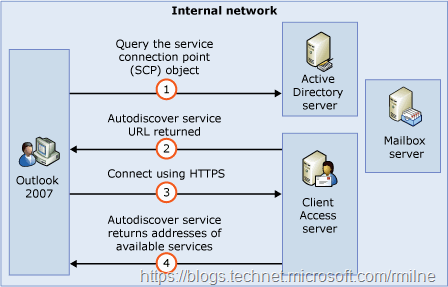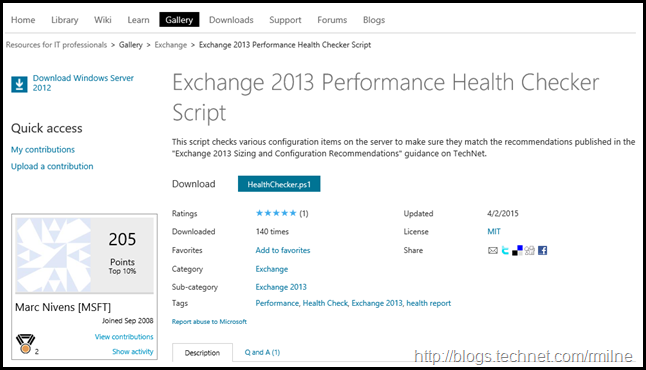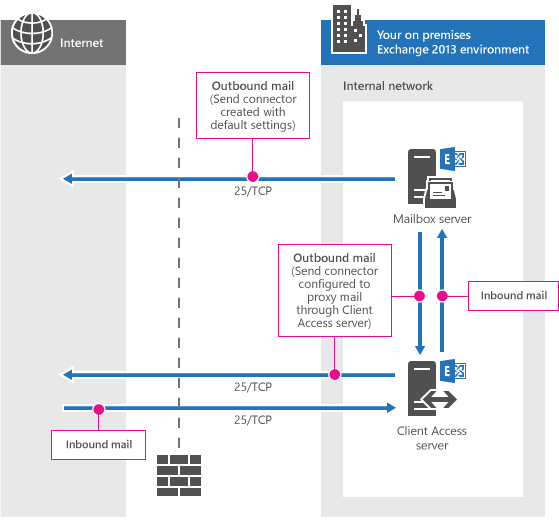DNS or SRV Record For DNS Based Exchange Autodiscover
For users and devices that need to use DNS to locate their Exchange Autodiscover endpoint, should I use a SRV record?
The above is a fairly common question, and it almost warrants the consultant’s answer. It depends...
Multi Site Exchange 2010 CAS Namespaces
As discussed by Ross Smith IV in his introduction to Exchange 2013 CAS post, Exchange 2010 CAS Namespace planning typically requires multiple nam… Read the rest “DNS or SRV Record For DNS Based Exchange Autodiscover”




